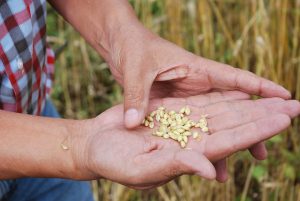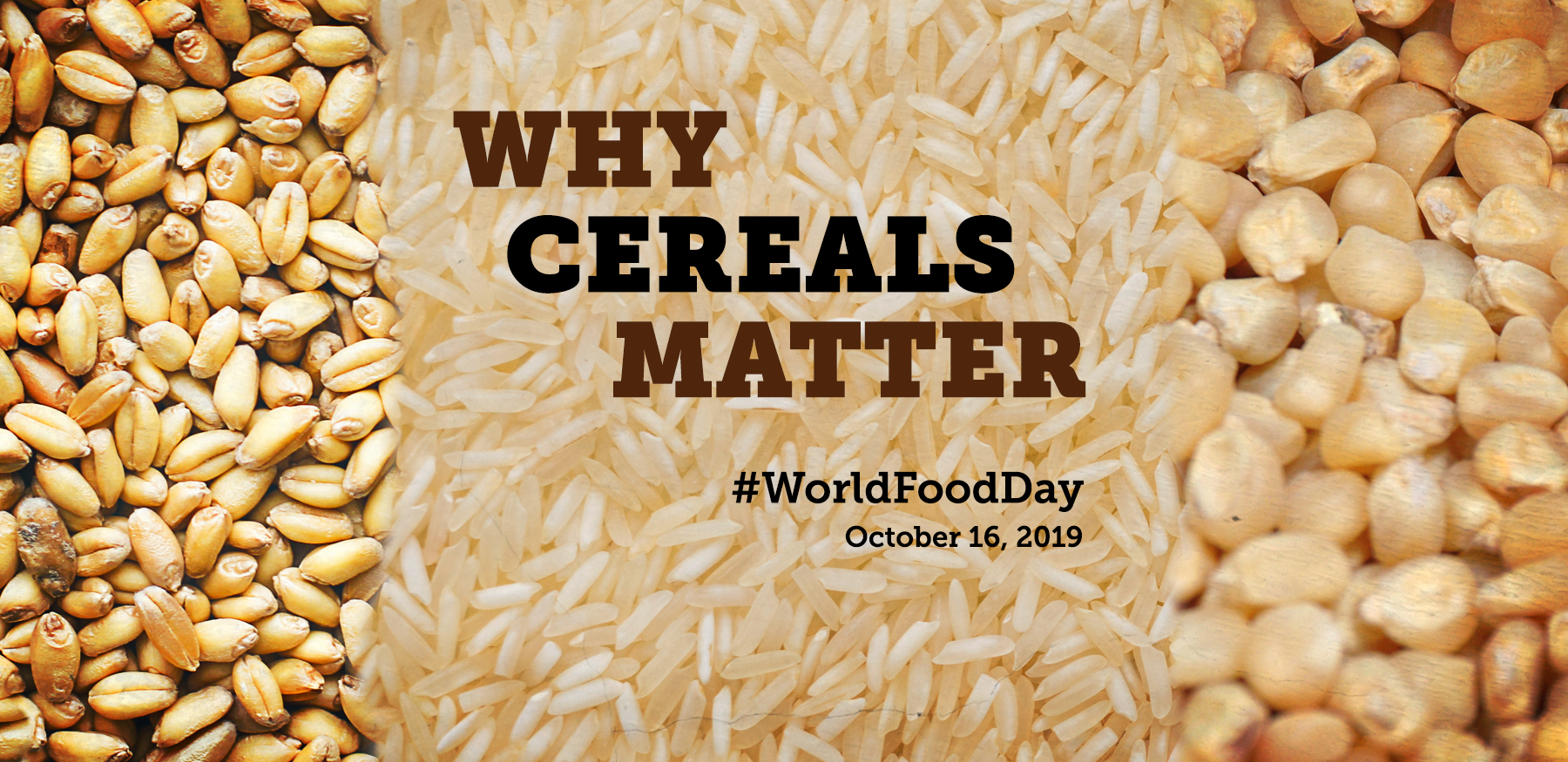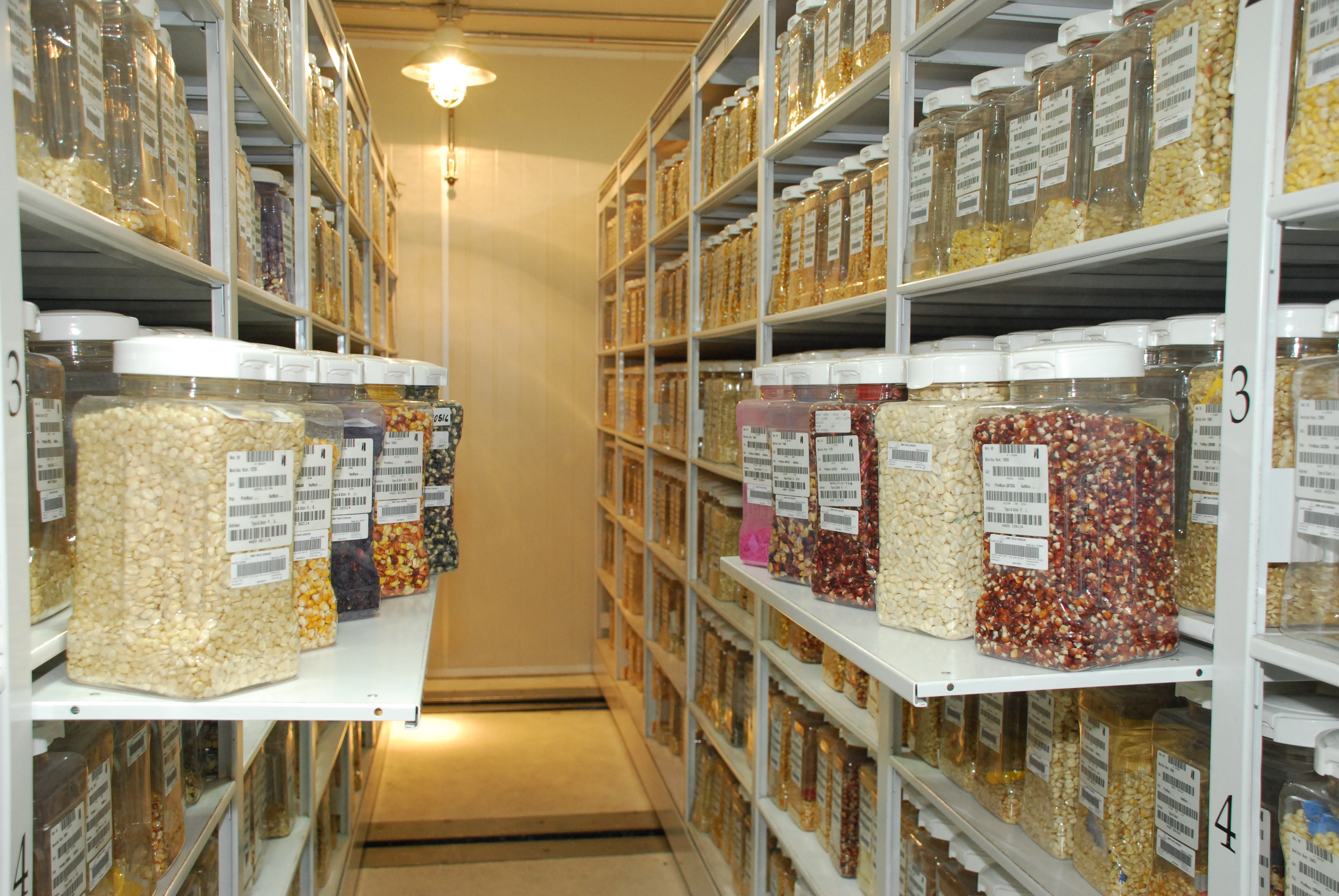
Gideon Kruseman is CIMMYT’s ex-ante and foresight specialist.
Over the next few decades, projections indicate global population will grow from more than 7 billion to more than 9 billion people by 2050. A large proportion of that world population will be living in low- and middle-income countries in urban environments – often huge — cities.
In India, the country with the largest rural population, for instance, the percentage of urban population is expected to increase from 37 percent in 2011 to 56 percent by 2050. Globally it will grow from 55 percent in 2011 to 70 percent in 2050. The trends we anticipate in India are comparable to Africa as a whole where urban population is projected to increase from less than 40 percent to around 55 percent, although there are differences between countries and regions.
Meeting the sustainable development goals (SDGs) established in 2015 by the United Nations and the global community will be challenging. The 17 goals with 169 targets aim to solve problems related to climate change, hunger, education, gender equality, sanitation, jobs, justice and shared peace by 2030.
In particular, SDG 2, which aspires to eliminate hunger, and SDG 3, which aims to establish good health and well-being, will be challenging even if we concentrate only on climatic, environmental and biophysical constraints. If we also take into account all the implications of urbanization and economic growth on diets and dietary change a new dimension of complexity becomes apparent.
Whether model calculations are based on current consumption patterns and trends, healthy diets or a variety of ecological sustainability criteria, maize and wheat will play a significant dietary role. Currently, these two staple crops feed two-thirds of the world population and will continue to be the main supply of energy in human diets in all scenarios.
However, scenarios for maize and wheat will not ensure decrease in quantitative and qualitative malnutrition unless we act upon projected future demands now. Diets, dietary change and their effects on health and nutritional status form complex interactions with socio-economic and environmental drivers.
In the future, diets will inevitably change as they have in previous decades. Basic commodities in food consumed in urban areas require different traits than food consumed in rural areas where the chain between production and consumption is shorter. The reason for this is that in rural areas in low and middle income countries staple grains are milled and processed locally, while in urban areas people tend to eat industrialized processed or pre-processed food.
In urban areas in Africa and South Asia wheat-based products are starting to replace traditional staples such as maize and rice to some extent. Moreover, research reveals that in urban centers people tend to eat energy dense food, which can help prevent quantitative malnutrition in terms of calorie intake, but does not ensure a healthy diet. Healthy eating requires a wide range of nutrients that traditionally are found in diverse foods. When people opt for less diversity and more convenience, this requires nutrient-dense as well as calorie-dense food. A significant trend that points to convenience food is the increased consumption levels of snacks and fast food, in low- and middle-income countries.
Maize-based snacks are important components of urban diets. Moreover, maize is a key ingredient found in convenience food made by the food industry in the form of starch and syrup. Ensuring that maize and wheat can meet nutritional demands in less diverse diets requires the introduction of new traits into the varieties comparable to the ongoing efforts of maize and wheat biofortification at the International Maize and Wheat Improvement Center (CIMMYT).
The development of nutrient-dense varieties takes time since they must also incorporate traits that address environmental conditions, climate change and resistance to pests and diseases as well as feature favorable post-harvest characteristics such as milling and processing quality.
Crucial to this process are the genetic resources that allow the traits to be combined in the breeding done at CIMMYT.
How do we do this? Billions of seeds, expertly and carefully conserved for humankind, are housed in our seed bank. They are freely available to breeders and other researchers around the world who may use them to uncover solutions to some of the challenges that face humanity in the future. Any one seed could help secure the food of our future.
While the potentially desirable traits hidden in the seeds in the seed bank are very valuable, there are costs involved in maintaining this diversity. Diversity is important for finding traits that will allow maize and wheat to be more nutritious than they are already today and so aid in meeting the demands of the future. Today, everyone can be part of this future by joining the “save a seed movement.”

 Nutrition, health and food security
Nutrition, health and food security 

